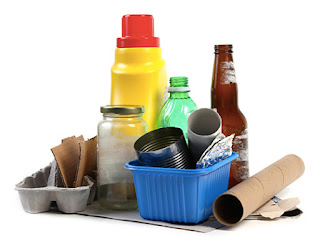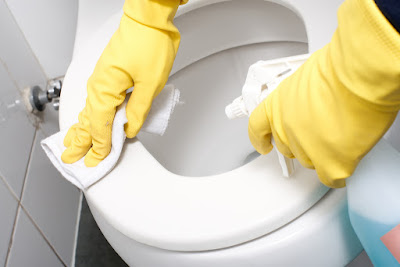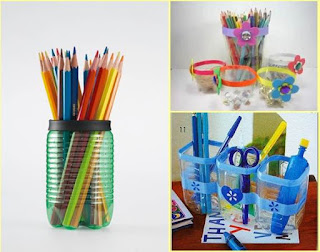Safer Choices of Plastics for Disposables
Ever since its invention, plastic has been
the most popular raw material used for low cost containers around the world. Plastic
is favoured not only because of its low cost, but also because of the ease of
manufacturing, versatile applications and water resistance. Because of these
properties, plastic is also the most used raw material for disposable products.
As they are, most varieties of plastics are low in toxicity. But the additives
used with plastics to alter their properties are all toxic and this is the main
risk associated with plastics. Since it is nearly impossible to eliminate the
use of plastic disposables completely, here we introduce you to some safer
varieties of plastic.
Polyethylene Terephthalate (PET)
PET is the most widely used resin from the
polyester family and is one of the safest plastics available today. About 30%
of all plastic bottles made these days are made of PET. Generally PET is
transparent but can turn semi-transparent through various thermal treatments.
PET is not yet known to release any harmful chemicals that may cause cancer or upset
the hormone balance of human body making it Ideal food containers, disposable
or otherwise. They are also microwave safe and recyclable.
Polyvinyl Chloride (PVC)
PVC was accidentally discovered in 1872 by a German chemist. In its virgin form, PVC is free from toxins but the plasticisers used to make it softer and flexible are highly toxic. Traces of these harmful chemicals may remain on food containers during their manufacturing processes. You may avoid such risks by sticking to quality brands and trusted suppliers. Apart from these risks, PVC is an ideal choice for disposable products as they can be recycled up to 7 times.
Polyethylene (Polythene)
Polyethylene, another hugely popular plastic
variety comes mainly in two forms; high density and low density. LDPE is mainly
used for making plastic bags and such items that need to have more flexibility,
whereas HDPE is more suitable for bottles and pipes, because of its high strength-to-density
ratio. Polythene is the best alternative to latex for making gloves. Both HDPE and
LDPE are highly recyclable and are safer varieties of plastic for food
containers.
Polypropylene (PP)
This is also a widely used plastic variant
suitable for disposable products. One of the main applications of PP is
drinking straws. PP is not known to release any harmful carcinogens or other
adverse chemicals. But the manufacturing process of PP is very hazardous and
they are also not as recyclable as the formerly mentioned types of plastic,
which is why the resin identification code of PP is 5. Other than that, PP is
very safe to use for packaging and handling of food items.
These four are by far the safest available
raw material options for disposable plastic food containers. It is not implied
that you should not use any other types of plastic disposables. But whenever
possible, try to opt for disposable products made from these materials as they
are comparatively economic, easily available, more recyclable and free from
hazardous chemicals.






Comments
Post a Comment